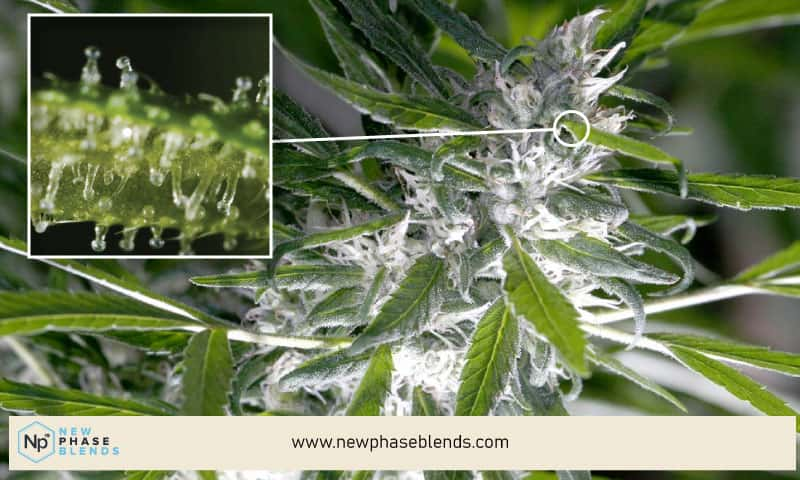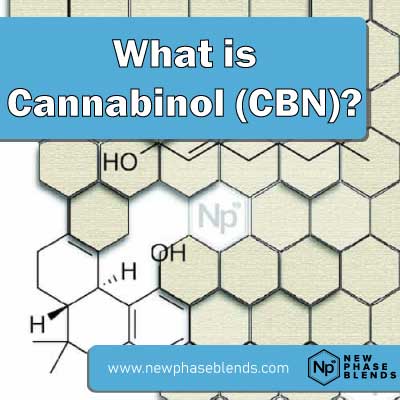Cannabinol-C4 (CBN-C4) is a chemical compound called a cannabinoid that is obtained largely from the cannabis plant. There are over 100 of these plant chemicals in cannabis. CBN-C4 is a lesser known cannabinoid that may offer its’ own unique set of benefits.
What is Cannabinol-C4 (CBN-C4)?
It is produced through the continuous oxidation of THC. The further the decomposition of THC that happens, the more cannabinol (CBN) produces compounds such as CBN-1, CBN- C2, and CBN-C4, respectively. CBN-C4 was discovered after a careful study by chemists and researchers into the cannabis plant. Dating back as far as 1940 when British scientist Robert S. Chan first discovered them, researchers have been trying to unlock the functions of compounds founds in marijuana.
There are no data to show who and where CBN-C4 was first discovered or stumbled on or if it was intended to be found since they are found in aged plant or the intentional exposure of plants to light.
The formation of the CBN-C4 compound is obtained from the continuous oxidation of the THCA compound. The continuous exposure of THCA to ultraviolet light in the presence of oxygen or air creates CBN.
Related: CBN vs CBD
The longer the process, CBN degrades to CBN-C4 and other compounds (examples include CBN C1, CBN-C2, CBN-C4). Although found in large quantities in aged cannabis plants, CBN compounds are also found in traces in fresh cannabis plants.
Lab-tested research, i.e., clinical trials, are still in their early stages amidst the legal warfare around the use of the cannabis plant. We need to know more about the treatment potentials and benefits of the cannabis plant and CBN-C4.
However, some doctors have been using these compounds in treating patients, even if it is largely illegal in most parts of the world.
The legal tussle is causing a reduction in research funds and cutting access to the potential benefit of the cannabis plant.
Related: What is CBN?
How Does CBN-C4 Work?
We know that CBN works by bonding to CBD receptors in the human body. These receptors control and modulate the immune functions of the body.
In combination with other compounds such as CBD, THC, CBG, CBN works well in creating the exhilarating effect of anesthesia, fighting bacteria, anti-inflammation, etc. What we cannot ascertain is if CBN-C4 will perform the same actions as CBN, something similar or even different in its functions.
More research is expected to be carried out to determine exactly how the CBN-C4 compound works.
Are There Therapeutic Benefits Associated With CBN-C4?
Due to a lack of research and findings, there are no known therapeutic benefits of the CBN-C4 compound.
We know that in chemical structure, it differs from CBN-C2 and CBN-C1, but in relation to CBN, we can assume they will perform similar functions to a different level of degree. Research has proven that the THC family of compounds is a psychoactive one, hence informing its usage in the neurological aspect.
Yet, we know that CBN has no psychoactive feature, thereby eliminating any intoxication outcome of its usage on humans or in disease treatment.
Interesting Facts
- CBN-C4 vaporizes at 365.
- Just like other derivatives of CBN, it is also gotten from aged cannabis plants.
References
National Center for Biotechnology Information. PubChem Compound Summary for CID 3081990, Cannabinolic Acid.
Andre, Christelle M.; Hausman, Jean-Francois; Guerriero, Gea (2016-02-04). “Cannabis sativa: The Plant of the Thousand and One Molecules”. Frontiers in Plant Science. 7: 19. doi:10.3389/fpls.2016.00019. ISSN1664-462X. PMC4740396. PMID26870049.














